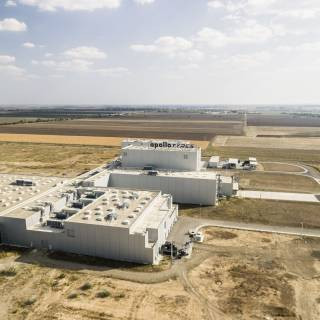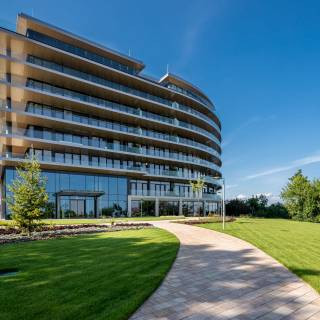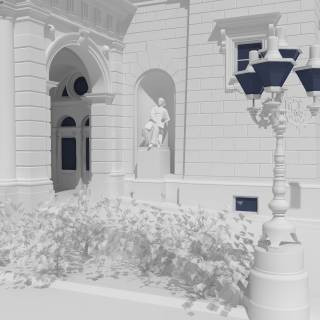CÉH+ BIM
Due to our professional staff with several years of national and international experience, we are able to manage the entire BIM process. Our efforts are confirmed by the success of more than 150,000 m2 of buildings designed and constructed using the BIM method.
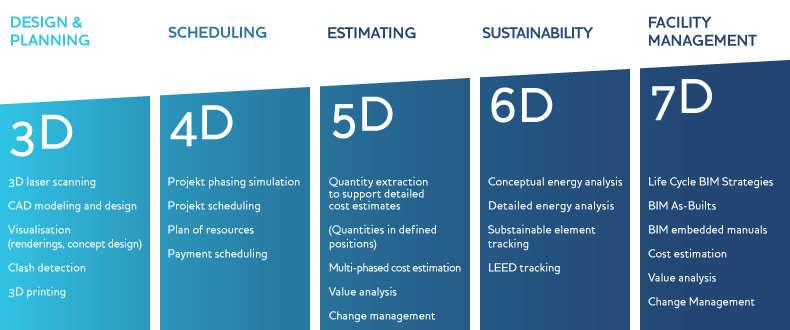
Our Services
offered both individually and jointly are :
- Extended to all specialties, complete 3D design, modeling and impact testing of buildings and structures. In the implementation of civil engineering projects, we coordinate the investment process to represent the client's interests, control costs, provide technical supervision, and perform all project management functions.
- BIM process development and management throughout the project.
- Control of drawings for projects designed by other offices and performing the impact test.
- 3D laser scanning survey and modeling with our own hardware and technical team in the following areas: survey of existing facilities, monuments, archaeology, in the construction phase (for recheck), as-built plan to be used for proper operation.
- Planning and management of building operations (from a technical and economic point of view).
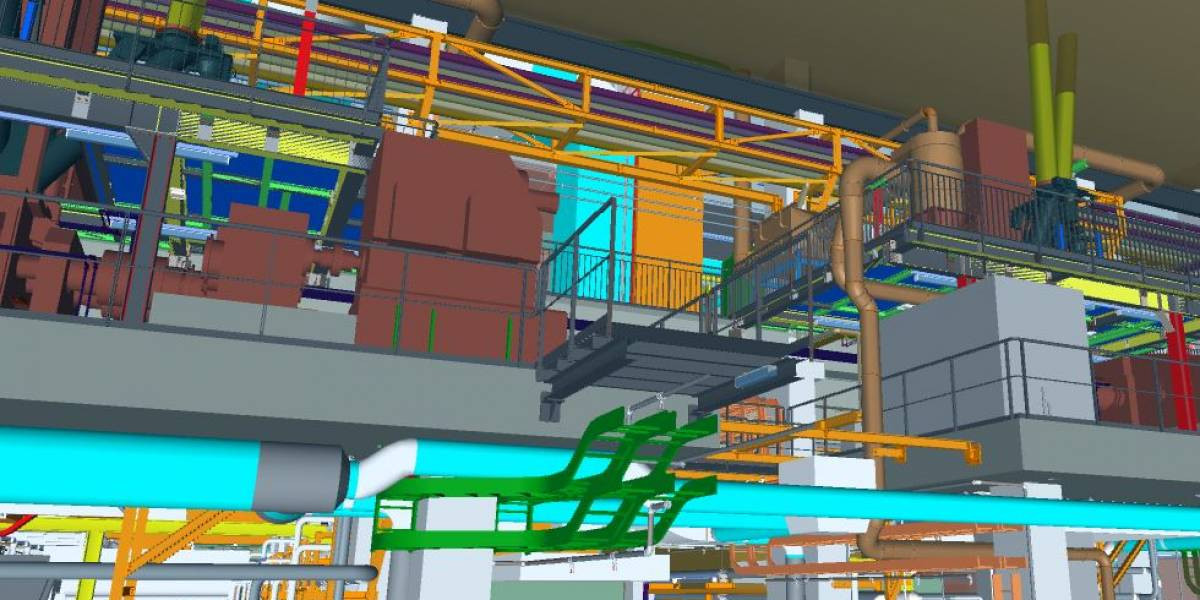
What does BIM mean?
BIM, or Building Information Modeling, is a working process for tracking the entire lifecycle of a project: from inception, through implementation and operation, to eventual demolition. Regarding the type of project, it can be a building, a bridge, a road, an engineering structure, a public utility or any civil engineering structure above ground or underground.
During the BIM process, the most advanced CAD and data exchange technologies are used in the design, construction and operation processes, facilitating model-based project design and control.
The BIM work processes are based on a 3D model created in a virtual environment, which refers to the technical content of the building and provides its geometric and structural image in space.
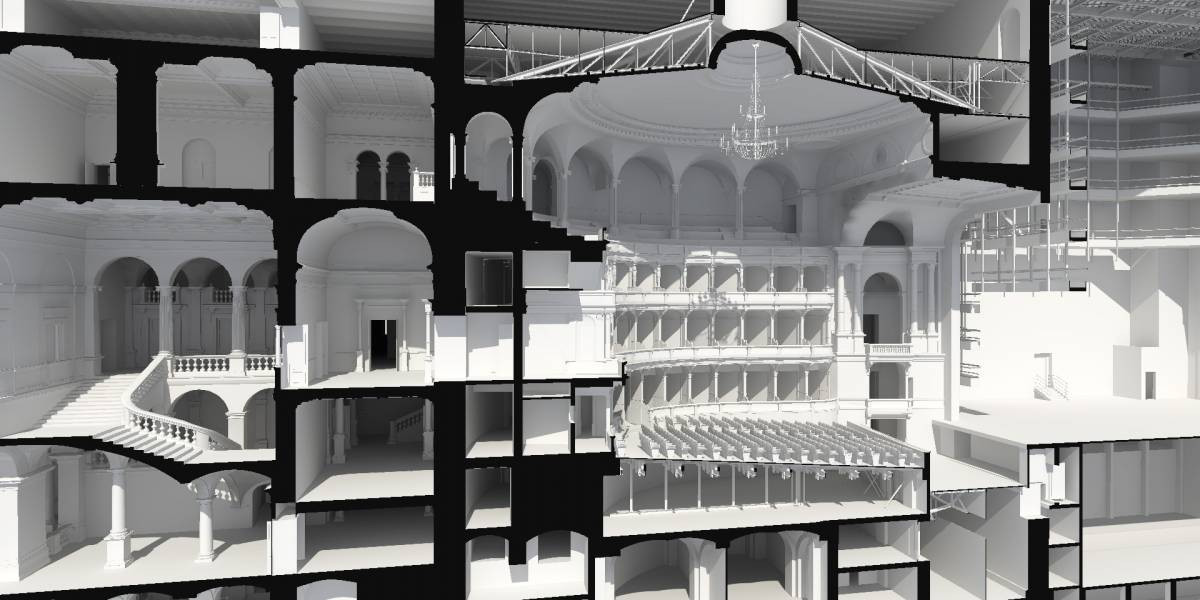
Why should you use BIM?
The uniform standards, regulations, shared models and information applied in the work processes improve:
- Collaboration between stakeholders (trades, project management, designers and contractors)
- The coordination of works
- The quality of the design,
- The ability to plan and monitor construction processes
- Cost planning and control.
With BIM, the project can be delivered faster, with higher quality and at a lower cost through better design.
